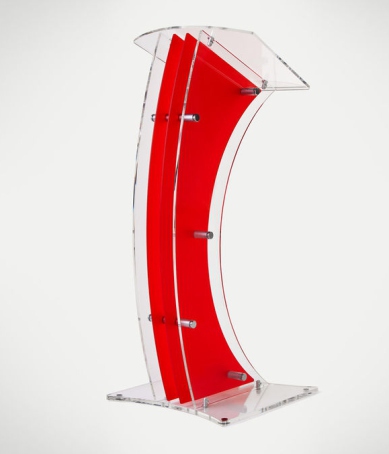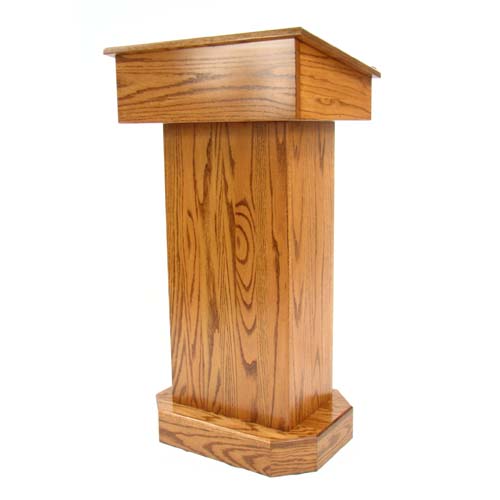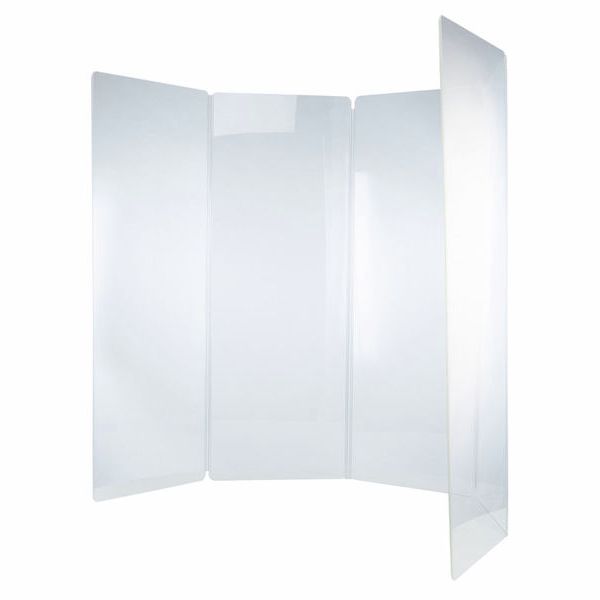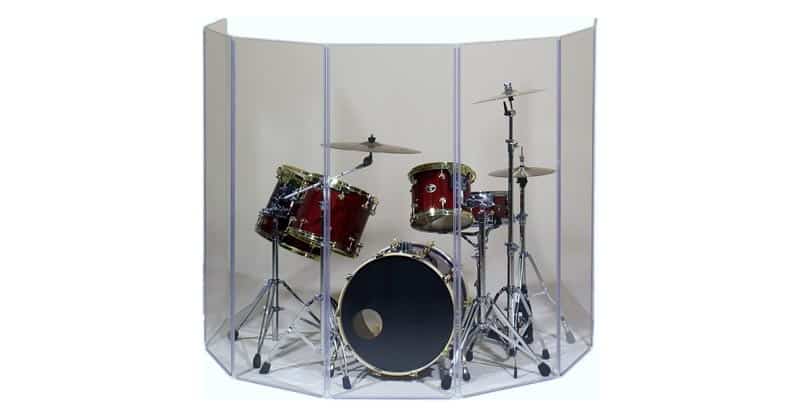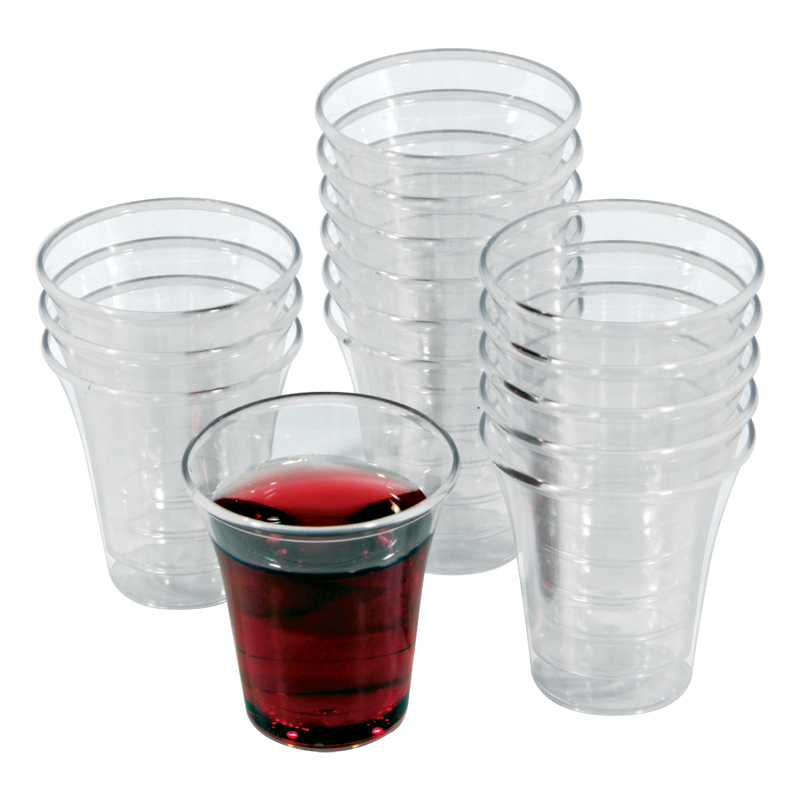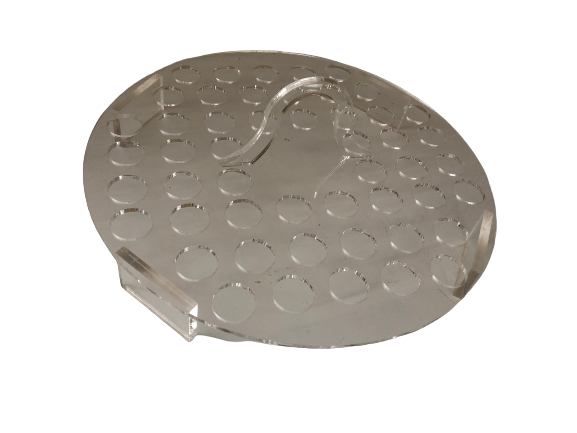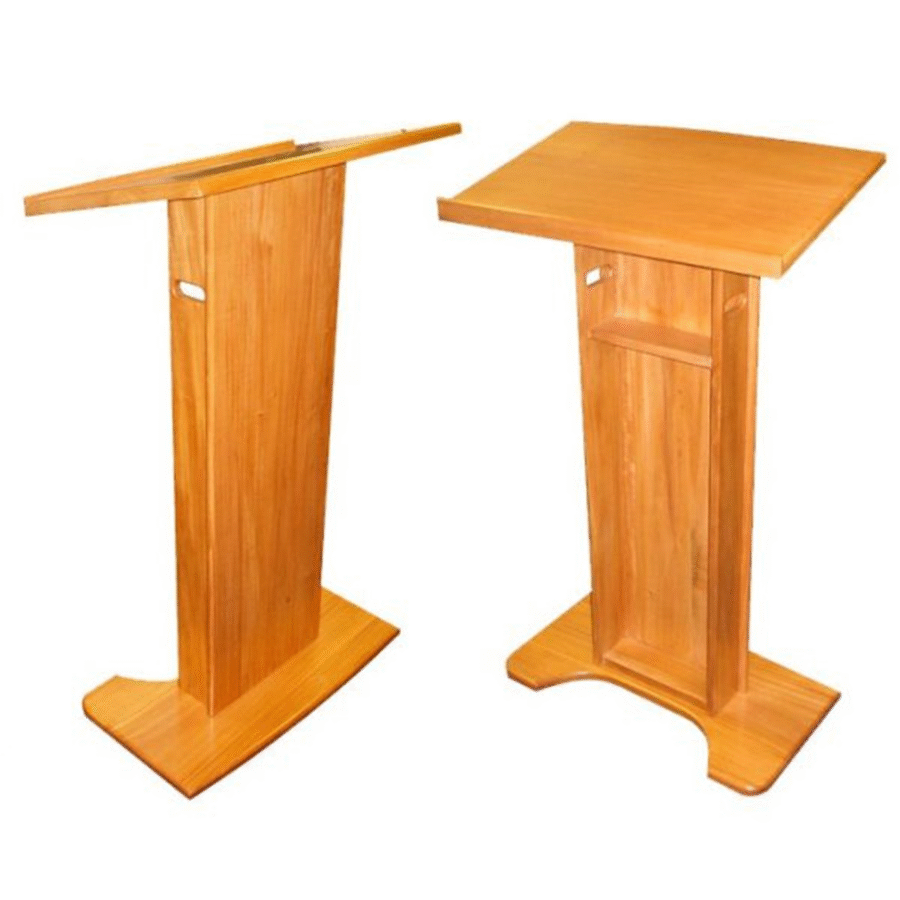Style
How to Choose the Perfect Wooden Pulpit Stand for Any Setting
A pulpit is more than just a piece of furniture—it is the focal point from which messages are shared, stories are told, and inspiration is spread. Whether you’re furnishing a traditional sanctuary or creating a more contemporary worship environment, selecting the right Wooden Pulpit Stand is crucial for both functionality and aesthetic harmony. Here’s how to choose the perfect pulpit stand for any setting, including key considerations, styles, and tips to match your unique space.
1. Consider the Environment and Setting
The first step in selecting a Wooden Pulpit Stand is to evaluate the space where it will be used. Are you outfitting a traditional church, a modern house of worship, or a multipurpose hall? The design and function of the pulpit should align with the surrounding environment.
For example, Modern Church Pulpits often feature sleek lines, minimal ornamentation, and lighter finishes to reflect a contemporary look. These work well in modern sanctuaries with open layouts, large projection screens, and minimalist décor. On the other hand, a more ornate, dark-stained wooden pulpit might be better suited to a classic or historic church building.
2. Select the Right Size and Proportions
Size matters when it comes to choosing a pulpit. An overly large stand can overwhelm a small room, while a too-small pulpit may seem insignificant on a large stage. Measure your platform or altar area carefully and consider the sightlines for both speakers and audience members.
Also, keep the speaker’s comfort in mind. A standard Wooden Pulpit Stand height is around 45 inches, but some stands come with adjustable heights. If multiple speakers will be using the pulpit, flexibility in height or angle may be valuable.
3. Materials and Craftsmanship
While all pulpits in this context are wooden, there are still variations in materials and craftsmanship that greatly affect the appearance and durability of the stand. Solid hardwoods like oak, maple, or cherry offer durability and a premium feel. Engineered wood or veneers, while more affordable, may lack the longevity and richness of natural wood.
Additionally, examine the quality of construction. Joints should be smooth and secure, finishes even and well-applied. A well-crafted Wooden Pulpit Stand not only lasts longer but also adds to the dignity and reverence of the space.
4. Style and Design Options
There’s a surprising variety of styles available when it comes to Modern Church Pulpits. Some feature clean, rectangular forms with integrated storage for notes or technology, while others incorporate glass or acrylic panels for a lighter look.
Acrylic or tempered glass accents can give a modern flair while reducing the visual heaviness of a full wood structure. These designs also pair well with elements like a Drum Glass Shield, often found in contemporary worship environments to contain sound from instruments. If your sanctuary already features a Drum Glass Shield, a pulpit with glass details may help tie the design together.
In traditional churches, carved details, moldings, and deeper wood stains may be more appropriate. Look for styles that complement existing pews, altars, or architectural features.
5. Mobility and Versatility
Consider how often the pulpit will need to be moved. For spaces used for multiple purposes—like auditoriums or shared worship areas—lightweight or mobile pulpit stands are ideal. Some Wooden Pulpit Stands come with built-in wheels or casters that make repositioning easier without sacrificing stability.
Versatile stands might also include features like removable panels, hidden compartments for AV equipment, or integrated microphones.
6. Customization Options
Many manufacturers offer customization options, allowing churches to add engraved logos, crosses, or scriptures. You can also often choose finishes, stains, and hardware to better match your existing interior design. These personal touches can make a pulpit feel like a central, permanent part of your worship experience.
7. Budget and Long-Term Value
While budget constraints are real, it’s important to balance cost with long-term value. A quality Wooden Pulpit Stand is an investment that will serve for years, potentially decades. Spending a bit more upfront on durable materials and solid craftsmanship often pays off over time with reduced maintenance and greater visual appeal.
Conclusion
Choosing the perfect Wooden Pulpit Stand is a thoughtful process that requires considering space, style, functionality, and the worship experience as a whole. Whether you’re leaning toward a traditional design or exploring the clean lines of Modern Church Pulpits, selecting a stand that aligns with your values and aesthetics can enhance the spiritual atmosphere. Don’t forget to factor in other stage elements, such as a Drum Glass Shield, to maintain visual and functional coherence.



